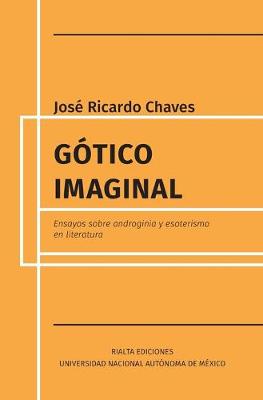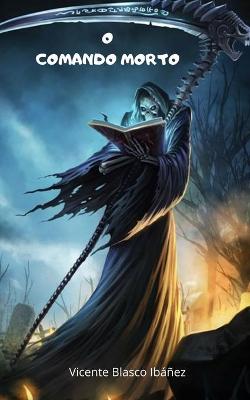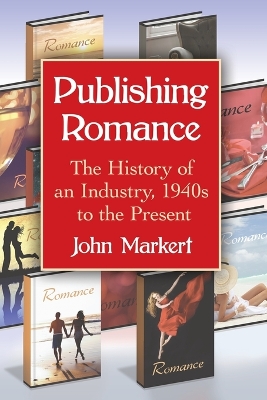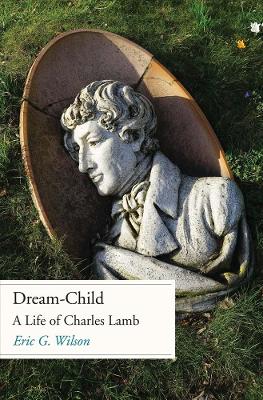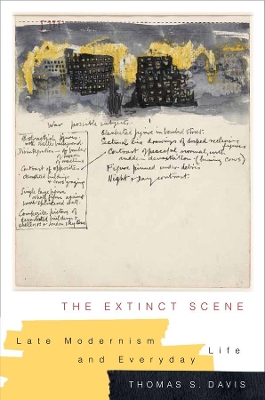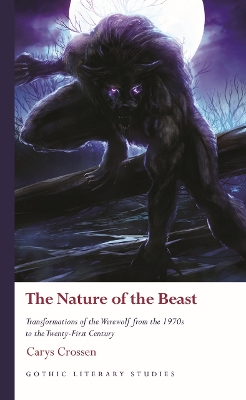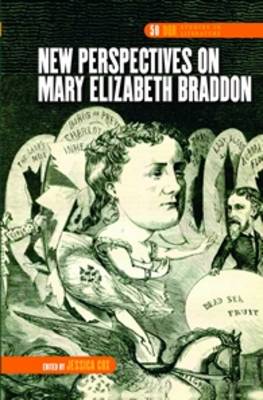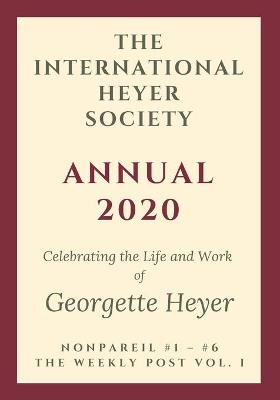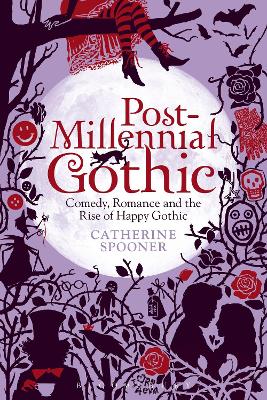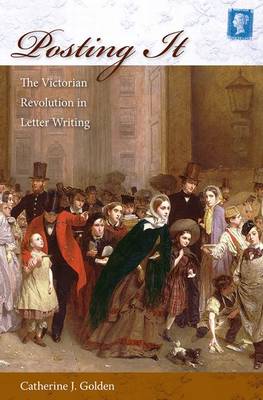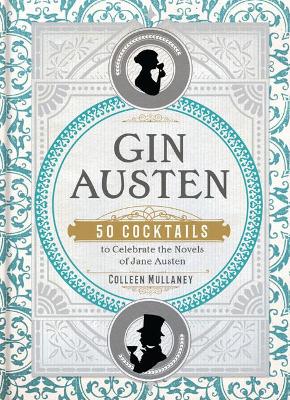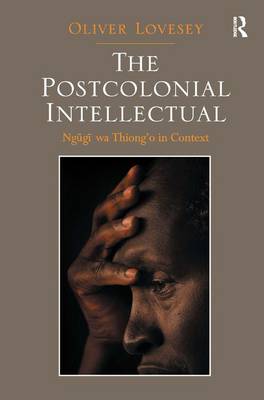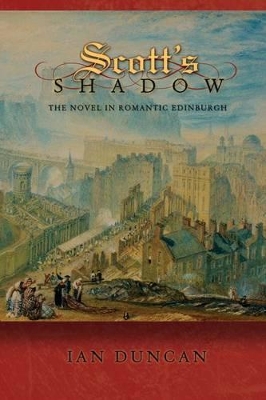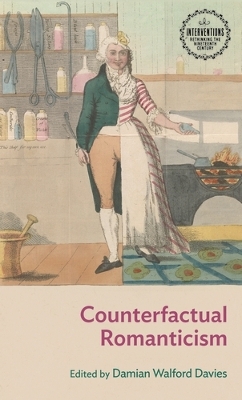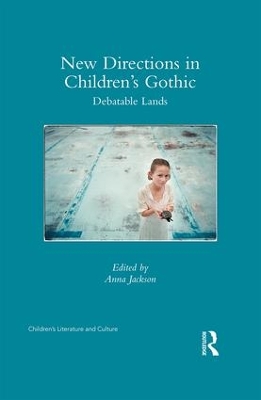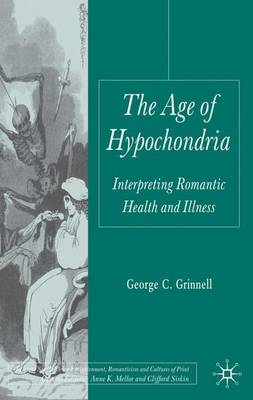Romance novels have attracted considerable attention since their mass market debut in 1939, yet seldom has the industry itself been analyzed. Founded in 1949, Harlequin quickly gained market domination with their contemporary romances. Other publishers countered with historical romances, leading to the rise of ""bodice-ripper"" romances in the 1970s. The liberation of the romance novel's content during the 1980s brought a vitality to the market that was dubbed a revolution, but the real romance...
An in-depth look into the life of Romantic essayist Charles Lamb and the legacy of his work "[An] electrifying portrait of Charles Lamb."-New Yorker A pioneer of urban Romanticism, essayist Charles Lamb (1775-1834) found inspiration in London's markets, theaters, prostitutes, and bookshops. He prized the city's literary scene, too, where he was a star wit. He counted among his admirers Mary Shelley, William Wordsworth, and Samuel Taylor Coleridge. His friends valued in his conversation wh...
In 1935, the English writer Stephen Spender wrote that the historical pressures of his era should "turn the reader's and writer's attention outwards from himself to the world." Combining historical, formalist, and archival approaches, Thomas S. Davis examines late modernism's decisive turn toward everyday life, locating in the heightened scrutiny of details, textures, and experiences an intimate attempt to conceptualize geopolitical disorder. The Extinct Scene reads a range of mid-century texts...
Mary Shelley's Frankenstein is one of the most widely read novels of all time. Its two central characters, the scientist Victor Frankenstein and the being he creates, have gained mythic status in their own right. Engaging with the novel's characterization is crucial to gaining a real understanding of its themes and contexts, including education, gender difference, imperialism, personal identity, revolutionary politics, and science. This study includes: an introductory overview of the novel, inc...
The werewolf in popular fiction has begun to change rapidly. Literary critics have observed this development and its impact on the werewolf in fiction, with theorists arguing that the modern werewolf offers new possibilities about how we view identity and the self. Although this monograph is preoccupied with the same concerns, it represents a departure from other critical works by analysing the werewolf’s subjectivity/identity as a work-in-progress, where the fixed and final form is yet to be ar...
New Perspectives on Mary Elizabeth Braddon (DQR Studies in Literature, #50)
Mary Elizabeth Braddon, one of the most prolific authors of the Victorian period, remains best known for her sensation fiction, but over the course of a long career contributed to a multitude of literary genres, working as a journalist, short story writer and editor, as well as authoring more than eighty novels. This exciting new collection of essays reappraises Braddon's work and offers a series of new perspectives on her literary productions. The volume is divided into two parts: the first con...
Surveying the widespread appropriations of the Gothic in contemporary literature and culture, Post-Millennial Gothic shows contemporary Gothic is often romantic, funny and celebratory. Reading a wide range of popular texts, from Stephenie Meyer's Twilight series through Tim Burton's Gothic film adaptations of Sweeney Todd, Alice in Wonderland and Dark Shadows, to the appearance of Gothic in fashion, advertising and television, Catherine Spooner argues that conventional academic and media account...
Although 'snail mail' may seem old fashioned and outdated in the twenty-first century, Catherine Golden argues that the creation of the Penny Post in Victorian England was just as revolutionary in its time as e-mail and text messages are today. Until Queen Victoria instituted the Postal Reform Act of 1839, mail was a luxury affordable only by the rich. Allowing anyone, from any social class, to send a letter anywhere in the country for only a penny had multiple and profound cultural impacts. Gol...
The Tower of London in English Renaissance Drama (Literary Criticism and Cultural Theory)
by Kristen Deiter
The Tower of London in English Renaissance Drama historicizes the Tower of London's evolving meanings in English culture alongside its representations in twenty-four English history plays, 1579-c.1634, by William Shakespeare, Christopher Marlowe and others. While Elizabeth I, James I, and Charles I fashioned the Tower as a showplace of royal authority, magnificence, and entertainment, many playwrights of the time revealed the Tower's instability as a royal symbol and represented it, instead, as...
It is a truth universally acknowledged that a person in possession of this good book must be in want of a drink. In six enduring novels, Jane Austen captured the fancies and foibles of Regency England, and every delightful page of this book celebrates the picnics, luncheons, dinner parties, and glamorous balls of Austen's world. At these social engagements, gossip reigned, love flourished, and drinks flowed. Discover an exotic world of cobblers, crustas, flips, punches, shrubs, slings, sours,...
Addressing a neglected dimension in postcolonial scholarship, Oliver Lovesey examines the figure of the postcolonial intellectual as repeatedly evoked by the fabled troika of Said, Spivak, and Bhabha and by members of the pan-African diaspora such as Cabral, Fanon, and James. Lovesey’s primary focus is NgÅ©gÄ© wa Thiong’o, one of the greatest writers of post-independence Africa. NgÅ©gÄ© continues to be a vibrant cultural agitator and innovator who, in contrast to many other public intellectuals,...
Scott's Shadow is the first comprehensive account of the flowering of Scottish fiction between 1802 and 1832, when post-Enlightenment Edinburgh rivaled London as a center for literary and cultural innovation. Ian Duncan shows how Walter Scott became the central figure in these developments, and how he helped redefine the novel as the principal modern genre for the representation of national historical life. Duncan traces the rise of a cultural nationalist ideology and the ascendancy of Scott's W...
Counterfactual Romanticism (Interventions: Rethinking the Nineteenth Century)
Innovatively extending counterfactual thought experiments from history and the social sciences to literary historiography, criticism and theory, Counterfactual Romanticism reveals the ways in which the shapes of Romanticism are conditioned by that which did not come to pass. Exploring various modalities of counterfactual speculation and inquiry across a range of Romantic-period authors, genres and concerns, this collection offers a radical new purchase on literary history, on the relationship be...
New Directions in Children's Gothic (Children's Literature and Culture)
Children's literature today is dominated by the gothic mode, and it is in children's gothic fictions that we find the implications of cultural change most radically questioned and explored. This collection of essays looks at what is happening in the children's Gothic now when traditional monsters have become the heroes, when new monsters have come into play, when globalisation brings Harry Potter into China and yaoguai into the children's Gothic, and when childhood itself and children's literatu...
Novel and Romance 1700-1800 (Routledge Revivals) (Routledge Revivals)
by Ioan Williams
Mapping Memory in Nineteenth-century French Literature and Culture (Faux Titre, #369)
Memory and memory studies have shaped a major site of humanities research over the last twenty years. Examined by ethnographers, archaeologists, social scientists, historians, economists, archivists, art historians, and literary scholars, the theme of memory - individual memory and memoir, collective memory, official memory and oral memory, cultural memory and popular memory - has informed academic discourse and formed institutional structures. Yet, the matter of memory is, paradoxically, under-...
Examining the ways in which hypochondria forms both a malady and a metaphor for a range of British Romantic writers, Grinnell contends that this is not one illness amongst many, but a disorder of the very ability to distinguish between illness and health, a malady of interpretation that mediates a broad spectrum of pressing cultural questions.

